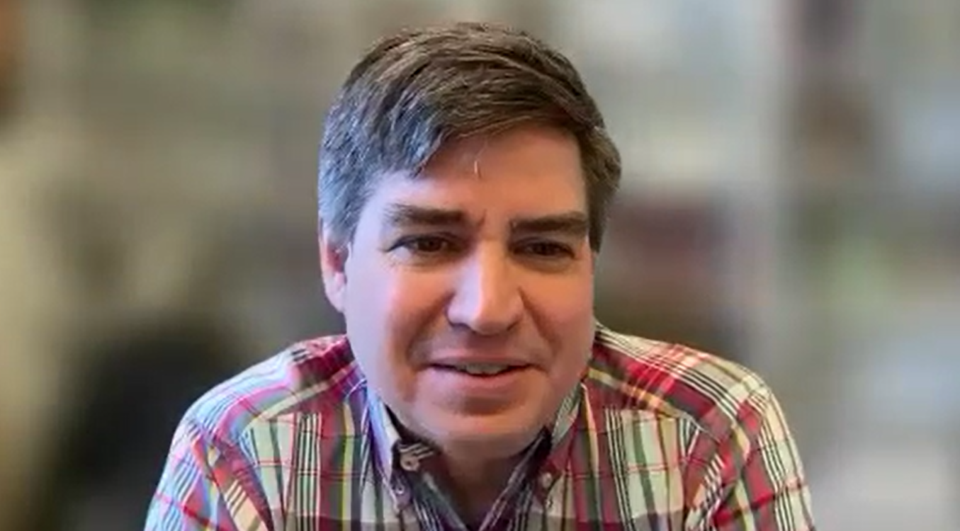THUNDER BAY — More capacity to get hands-on training for doctors in northern communities and updating the school’s funding agreements with the province are two ways that would better the retention of graduating doctors in the region, says the head of NOSM University.
The school expects to have its 1,000th doctor graduated from the now-independent medical university this May, said Dr. Mike Green, the president and dean of NOSM University. That, he said, is in addition to over 850 completed residencies.
This year will see a 20th cohort graduating, Green added. That's including the many years running as the Northern Ontario School of Medicine when it was attached to Lakehead and Laurentian Universities.
“The program has been pretty successful, but just too small,” he said. “So even though we have a significant physician shortage in northern Ontario with at least 380 full-time equivalent physicians being required … it would be a lot worse if it wasn't for NOSM.”
Increasing Ontarians’ access to family doctors and primary health care has been a key part of all major parties’ platforms heading into the election. A day before the writ drop, the government announced $1.8 billion in funding to connect “everyone in the province to a family doctor or primary care team” within four years. Getting everyone access to a family doctor within four years is also in the platforms of the NDP, Liberals and Green Party.
NOSM was initially founded to help with training doctors, not only for this region, but also rural parts of Canada, including serving Indigenous and Francophone populations, Green said. Data provided to Newswatch in the spring of 2023, which included numbers up to the end of the previous school year, showed that about half of the graduates from the medical school stayed in northern Ontario. Green said that rate has stayed virtually the same since the beginning.
Recruiting is primarily focused on northern entrants, he said, with around 90 per cent coming from across northern Ontario.
Several things can help boost the retention rate, Green said, including admitting more students in the first place. Both the MD and post-graduate residency programs are in the midst of expanding, he said, with the MD program going to 108 students from 64 a few years ago, and residencies increasing to 123 from 60 over the next three years.
But that has to be supported by government funding, Green said.
“Like all of the schools in Ontario, we're still waiting for some updates to our funding agreements to deal with the inflation that's happened in the cost of training medical students and residents,” he said. “Many of these were fixed a long time ago — some as long ago as 2009 — and we have some work to do there.”
As an example of how inflation is affecting the cost of training future doctors, Green pointed to housing students when they have to be sent to places like Toronto or Ottawa for certain specialized areas of training, even though they’re still primarily based in the north. He said they’re still only being allotted $800 per student, per month for accommodations, in those circumstances.
Also, ensuring that more students are getting hands-on training in northern settings as part of their education would help keep more graduates here, he said.
“We also need some capacity built so that we can continue training people in communities and, in particular, in family medicine,” Green said. “This means primary care teaching clinic spaces, which we haven't historically had in northern Ontario.”
Those spaces, he continued, would be multidisciplinary clinics with, not only doctors, but other types of health care services that patients could access. “They go to see a family doctor, but also members of the team,” he said.
“So (the clinics would) have our students and residents and other kinds of learners there as well — maybe nursing students or nurse practitioner students — and we're hopeful that these will be a part of the team rollout that was announced just before the election.”
Green said that he’s hopeful, based on what all the political parties are currently saying, and is waiting on what decisions will be made.
“Where is there going to be resources for a new multidisciplinary clinic, where is there going to be support for doctors to work together in a team, where are there going to be more nurse practitioners?” he said. “All those decisions should be coming in the coming years.”
